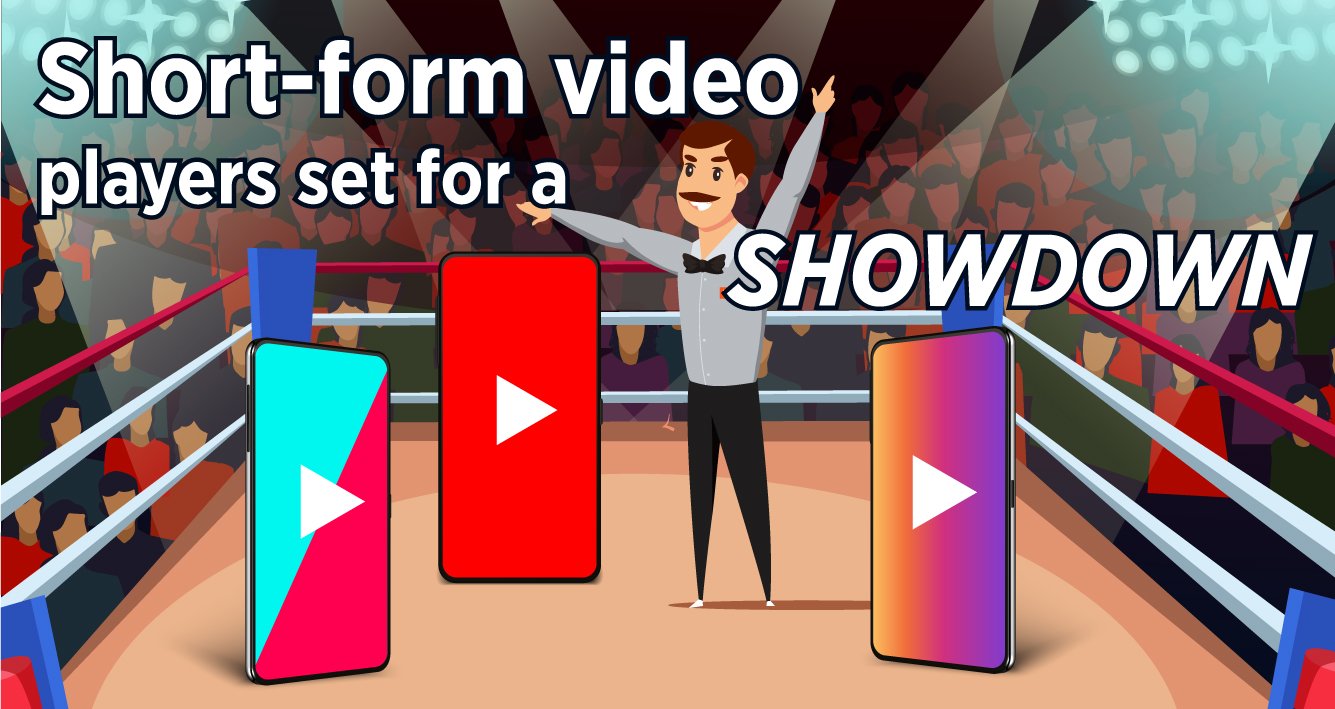Last week we helped dissect the TikTok ad platform. If you took anything away from that read, we bet you learned that:
- Its popularity among Gen Z is undeniable (76% use it!).
- Branded and search-based advertising on TikTok is possible (hello Brand Takeover and Search Ads Toggle!).
- Surprisingly, TikTok targeting leaves something to be desired. Proceed with a partner who knows how to make an impact.
But for all of that, we didn’t even touch on content creation. And with this platform, that’s the crux of it all.
Opportunities to Meet In Person
The Intead team is gearing up for some amazing presentations and we hope you can join us.
- AIRC Annual Conference – we’ll be offering our full day digital marketing workshop here in Phoenix, Dec 6-9, 2023
- ICEF North America Workshop in Miami, Dec 11-13, 2023
Let us know if you’ll come share a cup of coffee and a conversation about all things global and digital (info@intead.com)
Back to the matter of Tik Tok content. On the one hand, institutions have professional brands to uphold, yet the audience engaging on TikTok demands a more organic, playful view of said brand. It’s a marketing balancing act to say the least. And then there’s the matter of targeting capabilities, which on TikTok are more or less hamstrung. (Wait a minute – what?! If this surprises you, then you may be behind on your reading. Important to catch up with last week’s post. Here's the link again. We promise it will be worth 5 minutes of your time. TikTok may be famous for its algorithm, not so much for its audience segmentation.)
TikTok thrives on the art of brevity and entertainment. Your content must engage and convey your message within seconds, 9-15 is optimal. And to do that you must not only know what it is you want to say, you must know what it is your audience wants to receive. While that’s true of any marketing channel, it’s do or die here. Understanding the unique language and rhythm of this platform is paramount. More bluntly, if your ad isn’t a video that is short, sweet, and entertaining, don’t bother.
Today we offer pro tips for doing just that. Read on to learn how to make your content feel native to TikTok’s seemingly all-knowing algorithm so you can maximize the impact of your ad spend. This post is a short read, and one you won’t want to miss.
Read More
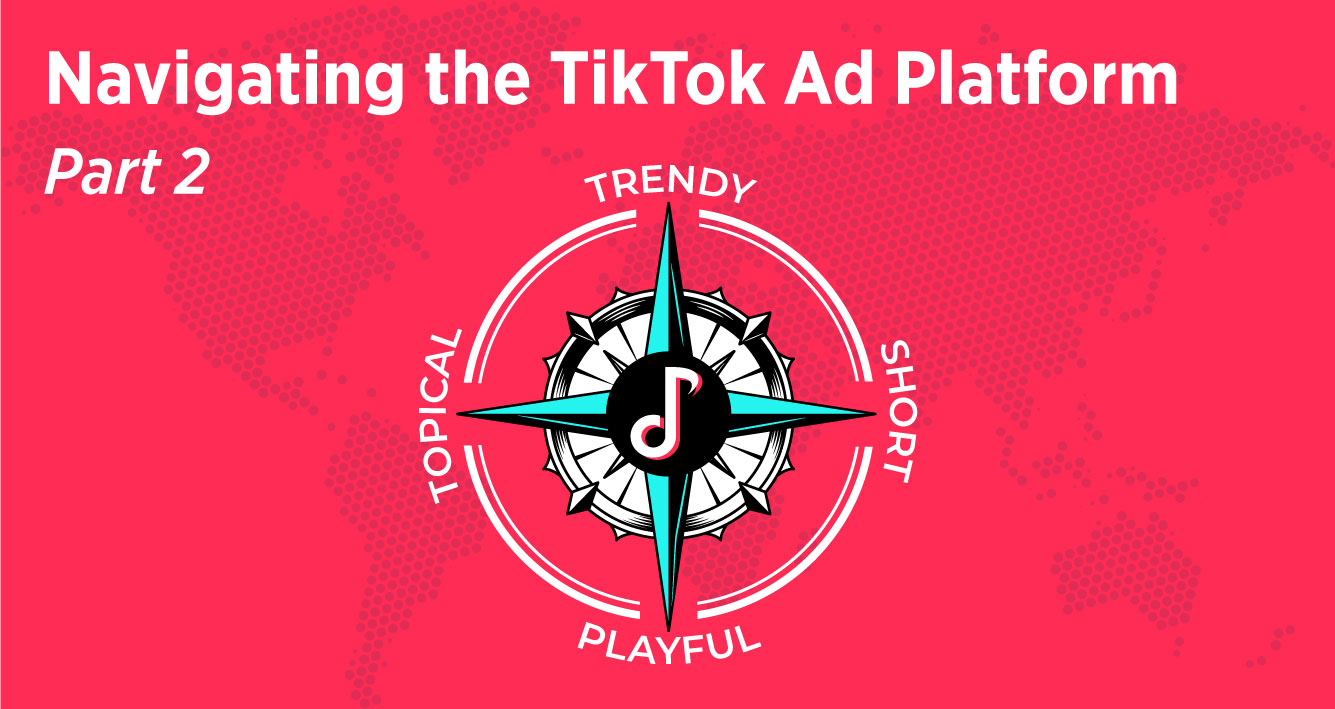
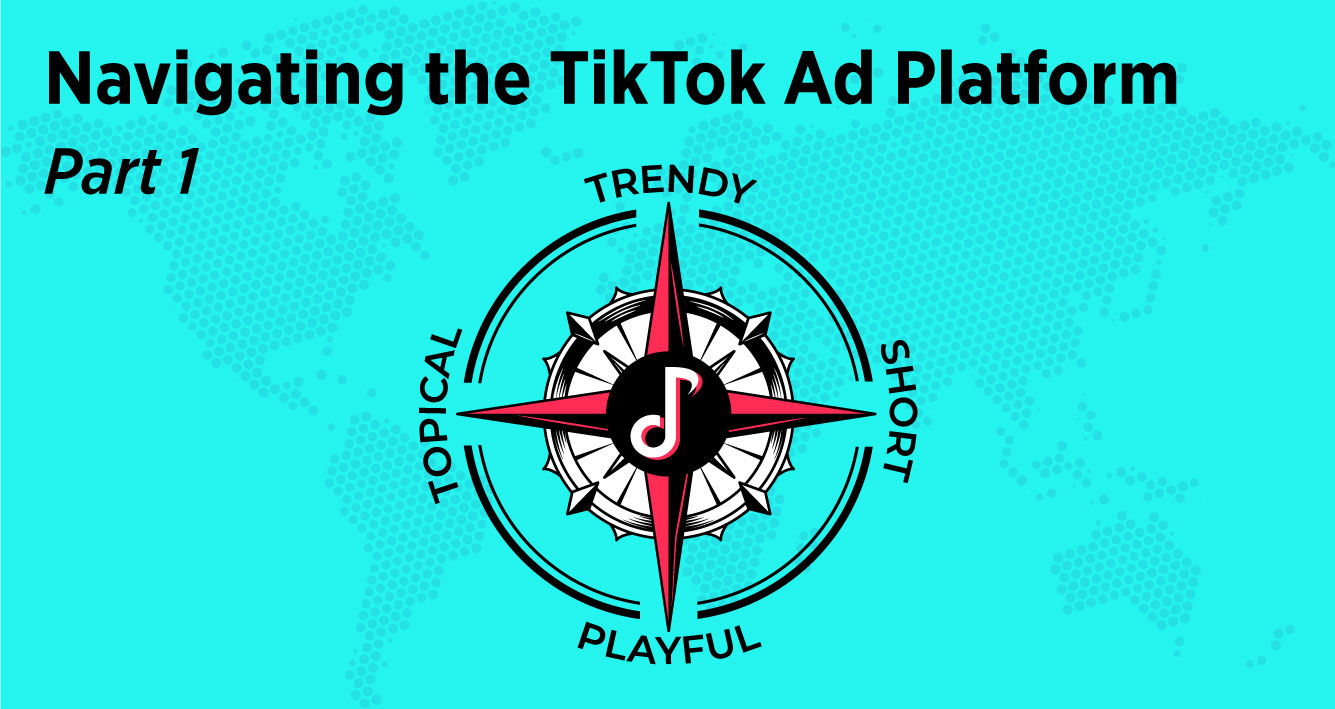
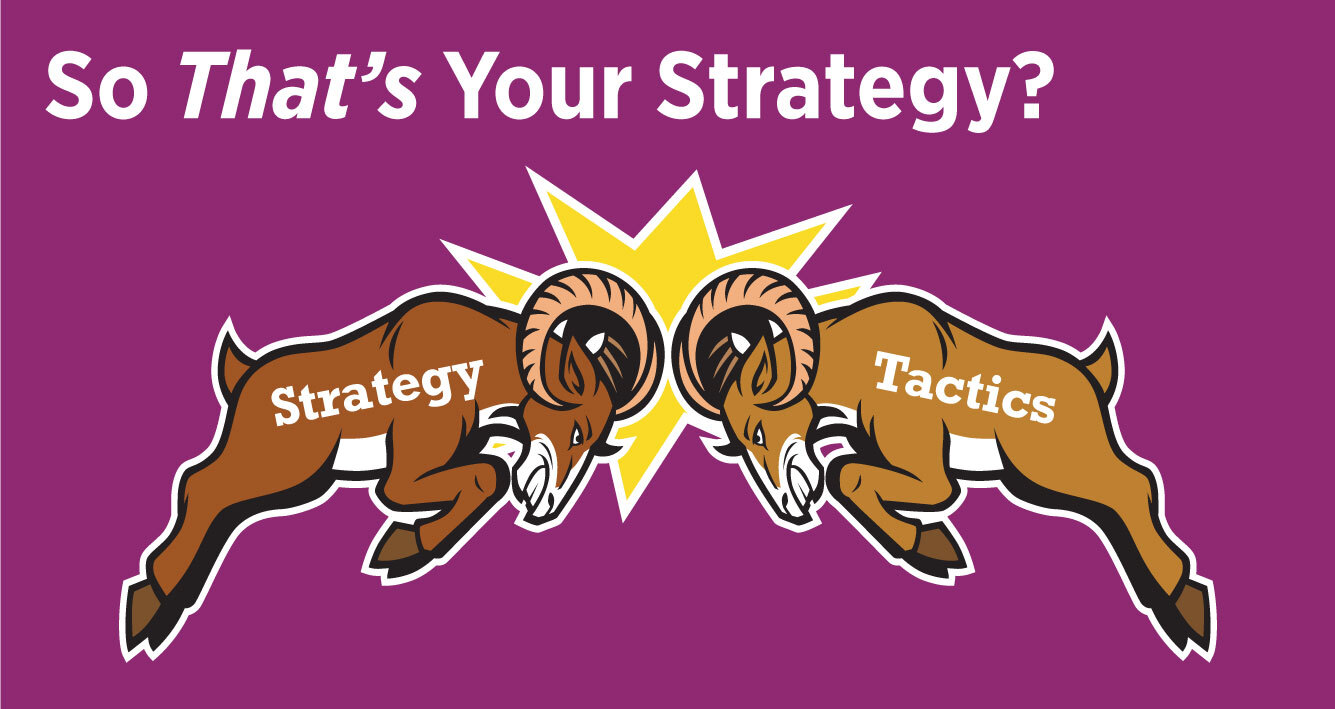
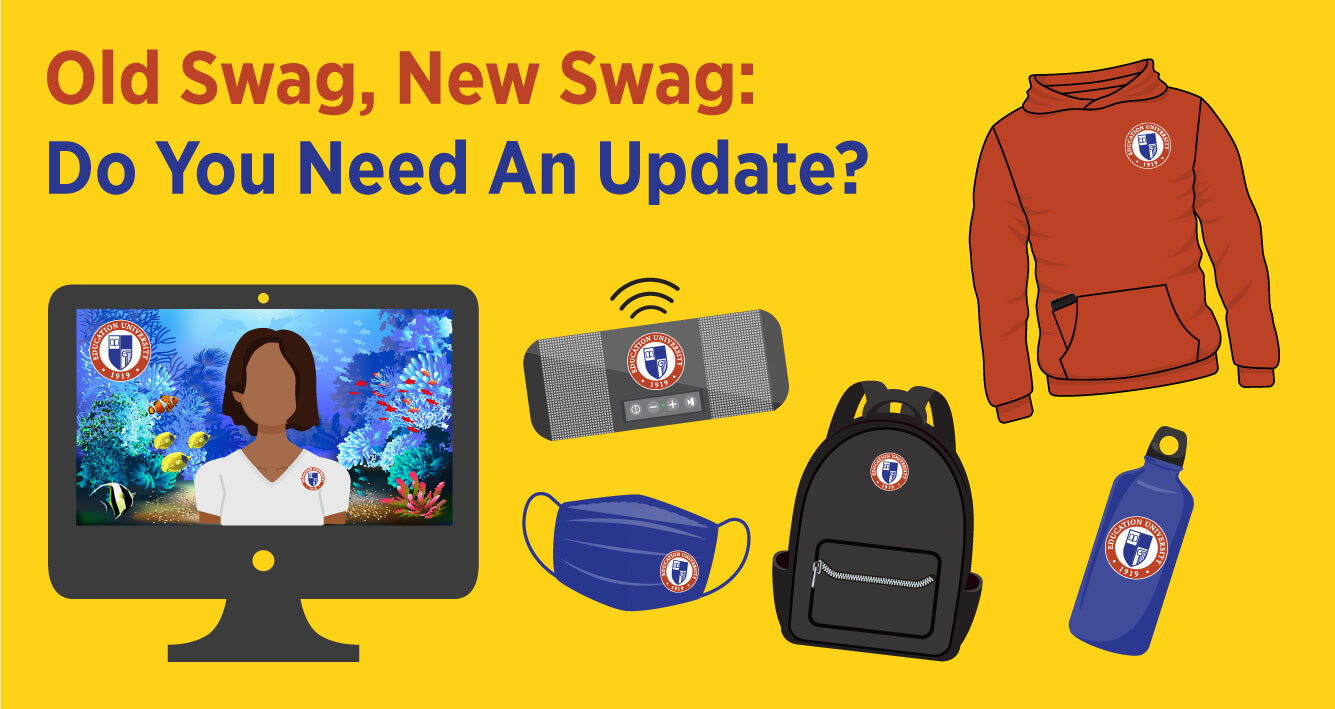
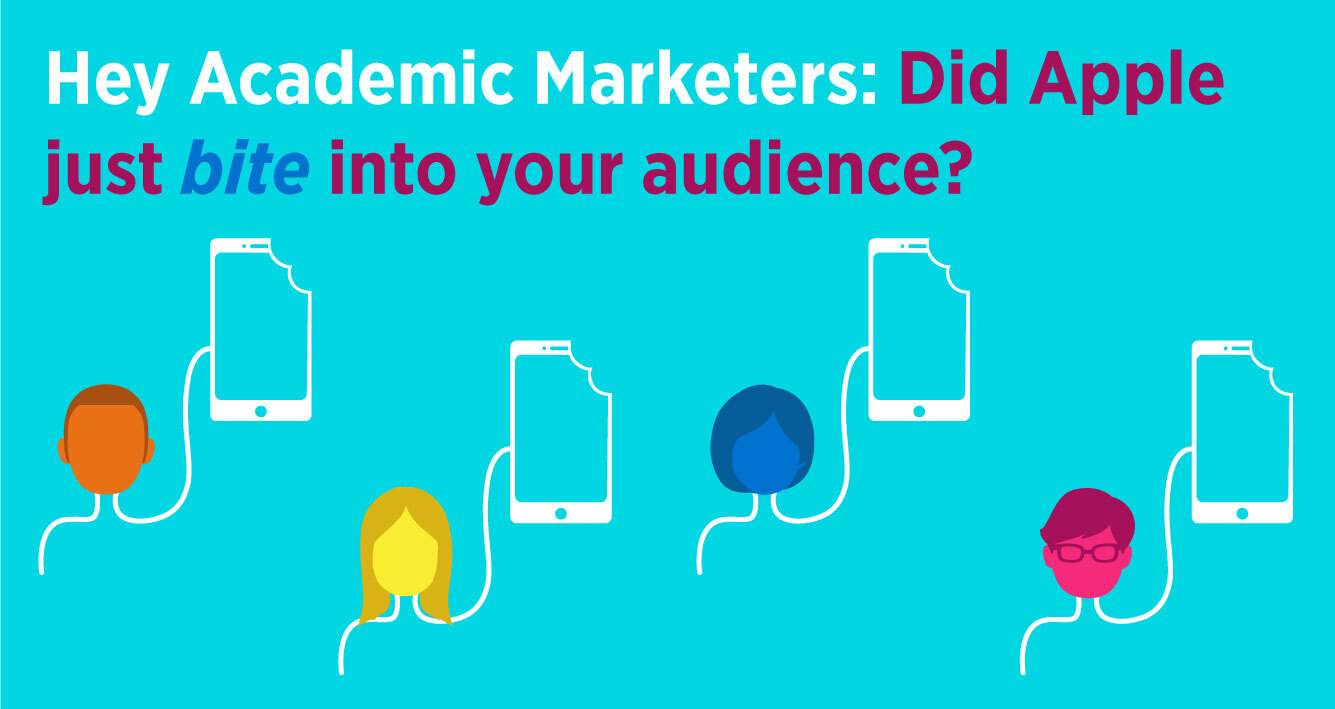


.jpg)
